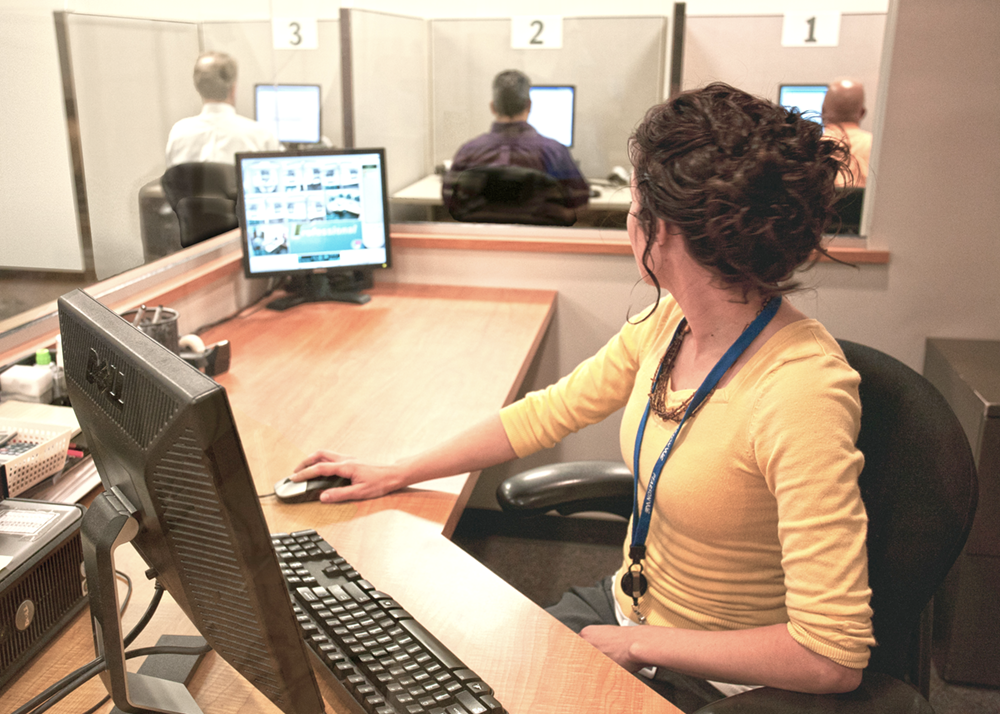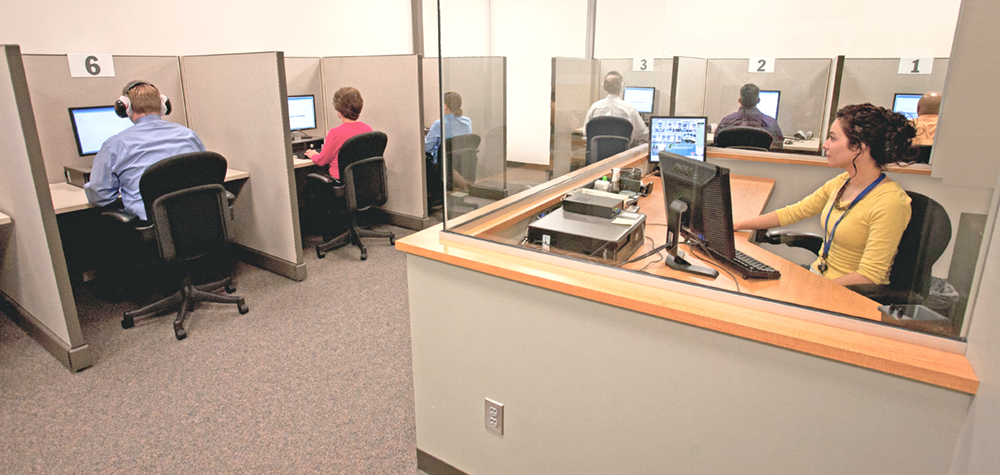We chatted with RCIS Chair, Lee Ann Johnson, who shared her top tips to help you head into exam day calm, confident, and ready to focus.

Test-day jitters are normal, especially when you don’t know what to expect. Uncertainty about check-in procedures, timing, and testing environment can stir up anxiety. But once you know what’s coming, it’s a lot easier to stay calm, focused, and in control.
✅ It’s Pass/Fail
The CCI exam differs from many standardized tests in that your score remains confidential. You’ll receive a detailed report showing your overall score, pass/fail status, and performance by content area, but this information is not publicly shared. This emphasis on mastery over competition may help reduce exam-related stress.
🔒 Security is Tight
- Before entering the test room, you’ll need to present a valid photo ID, such as a driver’s license. Ensure the first and last names on your government-issued photo ID match your registration exactly.
- As part of the check-in process, a brief body screen, including sleeves, pockets, and ankles, will be conducted. If you wear glasses, they will also be inspected.
- All personal items, including phones, wallets, and keys, must be stored in a locker outside of the testing room.
- For a low-stress check-in process, we recommend you only bring what’s required for testing.
🎧 There Might Be Distractions
- Pearson Vue testing centers administer a variety of exams simultaneously, so the person next to you may be taking a test with different materials, formats, or rules.
- Your testing environment may not be perfectly quiet. You might hear rustling papers, flipping pages, or other background noise. To prepare, try studying in a variety of settings with varying levels of distraction.
- On exam day, you’ll have the option to use over-ear headphones provided by Pearson to help reduce noise. If you plan to use them, we recommend wearing noise-canceling headphones while studying so you’re comfortable with the sensation during the exam.

🔀 Expect a Mix of Question Types
All CCI exams are delivered digitally. Depending on the credential, you’ll see 130–170 questions in a mix of traditional and innovative formats:
- Traditional Multiple-Choice: Choose the single correct answer from four options (A, B, C, or D).
- Innovative Multiple Responses: Select two or three correct answers from four to six options. The question will tell you how many to choose.
- Innovative Hot Spot: Click on the correct location within an image to answer the question. Only one click is needed.
- Innovative Drag and Place: Drag labels (tokens) into the correct boxes or areas on an image. Not all tokens may be used.
Taking a self-assessment exam (practice exam) is a great way to familiarize yourself with these question formats before exam day. A little exposure can go a long way.
🕐 Time Management Is in Your Hands
- There’s no penalty for skipping questions, changing answers, or going back later. Use this flexibility to your advantage and manage your time wisely. A smart strategy is to review the exam once, answering all the questions you’re confident about and flagging those that require more thought. Once you’ve built some early momentum, you can use the remaining time to tackle those tougher questions.
- If you need to take a bathroom break or simply pause to regroup, you are free to do so. Just keep in mind that the clock may continue to run during this break. Planning for this in advance can help you stay calm and on track.
- Exam timing varies by type: Most exams allow 2 hours 50 minutes for questions plus 10 minutes for tutorial and survey, while CCT and CRAT exams allow 1 hour 50 minutes for questions plus 10 minutes for tutorial and survey.
Bottom line, a “stress-free” exam day requires more than content knowledge; it requires focus, mental preparation, and situational planning. Good luck, you’ve got this!
For more exam prep tips, read “Start Strong: Studying for the Cardiovascular Credentialing Exam”
